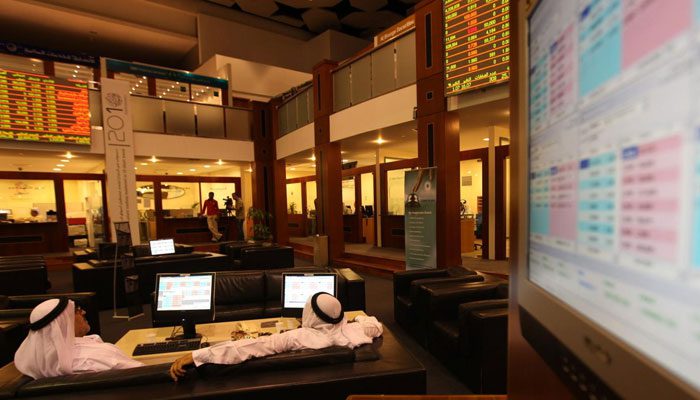It is anticipated that from 2022 to 2023, stronger economic progress in the key Islamic finance nations will increase industrial assets by around 10%.
With assets up 10.2% in 2021 compared to 11.4% in 2020 (excluding Iran), the global Islamic finance business kept growing. This expansion was fueled by rising banking asset values. Sukuk issuances that outlived their maturities, assets held in Islamic banking in some GCC nations and Malaysia, and the industry’s strong performance all contributed to the increase last year.
Higher commodity prices are anticipated to support a more robust rebound in many key Islamic financial markets this year.
Additionally, the majority of these nations are quite immune to macroeconomic shocks brought on by the conflict between Russia and Ukraine. Of late, the Middle East has seen record construction investments by Russian oligarchs. The industry’s prospects for 2022–2023 will be aided by this. Global headwinds, such as persistently high prices, COVID-19-related lockdowns, and increased efforts by the US Federal Reserve and other significant US banking players to control inflation, could, however, alter the situation.
The industry’s growth is also anticipated to be aided by quicker bank expansion. With the improvement in many Islamic finance countries’ economic prospects, bank financing growth is anticipated to quicken. Saudi Arabia will have prospects for industrial growth as long as mortgage demand remains strong and Vision 2030 initiatives are put into action. More optimistic economic attitudes, government expenditure, and investment will speed up expansion in other GCC nations.
Analysts anticipate that over the next three years, Southeast Asia’s $290 billion Islamic banking business will increase at a CAGR of over 8%. It is also expected that the total amount of sukuk issued will go down in 2022 after stabilising at $147.4 billion in 2021, which is less than the $148.4 billion issued in 2020, and that the amount of sukuk issued in foreign currency will go up by 105% over the same time period.
There are numerous variables at work. Under the assumption that any negative COVID-19-related disruption in the core Islamic finance countries stays under control, declining global liquidity and growing complexity associated with regulatory standards are projected to restrain sukuk issuance in 2022. Additionally, after a long recovery from the pandemic, analysts anticipate that certain core Islamic financial countries will have reduced financing needs and that some companies will continue to be conservative with their expansion capital expenditures.
At the same time, a more favourable economic climate and increased government investment are probably going to increase chances in nations that export commodities. Furthermore, it is conceivable that some governments will continue to issue local currency as they work to strengthen their local capital markets and provide flexible payment options for their economies.
The overall volume of issuance fell by 23.2% and issuance in foreign currencies rose by 12.3% in the first quarter of 2022 as a result of certain issuers frontloading their plans to take advantage of market conditions before interest rate increases.
Experts anticipate growth in the takaful and fund sectors this year as well, despite their still-miniscule contributions to the business. The takaful industry is still growing, with yearly growth rates ranging from 5% to 10%. Due to market disruptions since the start of 2022, fund growth is less predictable. One-fourth of the industry’s equity funds and another 60% of money market or sukuk funds are projected to suffer from increased global interest rates.
The compatibility of some Islamic financial instruments with ESG (environmental, social, and governance) concerns presents potential as well. As issuers try to diversify their investor base and include funds that are consistent with sustainability themes, they anticipate seeing a bigger volume of green and sustainable sukuk. The risk of the climate transition affects many Islamic financial nations, and many of them are creating or putting into practise transition measures, including major investments in clean energy. In the main countries for Islamic finance, these offer genuine potential for sustained sukuk.
However, the GCC and Malaysia are projected to have a significant delay in the energy transition, leading to intermittent use of green sukuk.
The social component of Islamic financing offers sustainable sukuk yet another option. Social sukuk can help absorb the shock as the economic repercussions of the pandemic persist in the form of increasing unemployment levels, particularly in nations with tight budgets. If appropriately leveraged, this and other Islamic financial products could have a much greater impact.






















